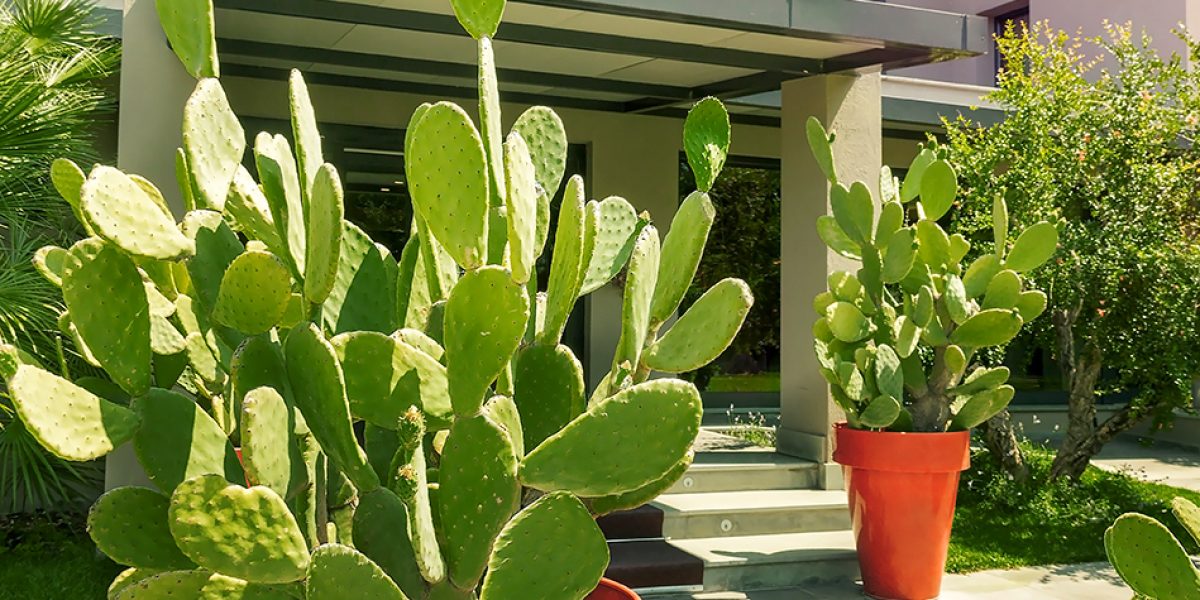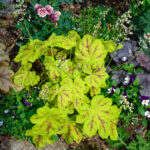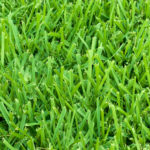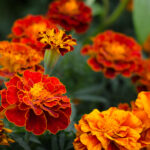The hot days and cool nights found in desert regions add a distinctive challenge to gardening that you may not see in other parts of the country. There are periods of drought followed by heavy winter rains that revive the parched landscape. The trick to growing something that will thrive but also be impressive in the desert is to look at what is already working in nature and let that guide you.
So, where do you begin? One way to find inspiration is to go for a walk or ride around the neighborhood. Notice what plants and hardscapes you’re drawn to and take notes or pictures (if allowed). With the help of the internet and local experts, you should be able to find stunning specimens that will work for your area.
TIP
Xeriscaping is a method of gardening that requires minimal to no watering. It’s an excellent route to take when gardening in desert settings. To practice xeriscaping, focus on selecting plants that are naturally drought tolerant. The whole idea behind xeriscaping is to create an appealing landscape that can survive in the natural climate without intervention. This could mean replacing most or all of your lawn with more drought tolerant groundcovers, selecting native plants and creating texture with hardscaping.
TIP
Setting up your garden to use water efficiently when needed is also a popular practice where water conservation is crucial. Utilize an irrigation system to focus on watering specific zones with the use of drip systems and timers. Drip irrigation allows you to water longer but less often. The key to watering with drip irrigation is to know how much water is being emitted and line that up with what your plant needs. There are plenty of options for emitters that will regulate the amount of water with different pressure and spray/drip patterns.
TIP
You may be surprised by the variety of plants to choose from that survive a desert setting. One of the top choices available will be the ever popular and reliable cactus. They’ve endured years of hot, arid conditions with ease and grace. Cacti come in a wide range of colors, sizes, and shapes. Their distinct appearance adds texture and form to any setting be it a rock garden or colorful container. Other plant material choices include succulents, dryland grasses, drought tolerant perennials and native trees and shrubs.
TIP
The desert offers unique beauty unlike any other region. The texture from native grasses and vertical interest from towering cacti are only the beginning. Take time to discover new and distinct plants that will flourish for seasons to come.











